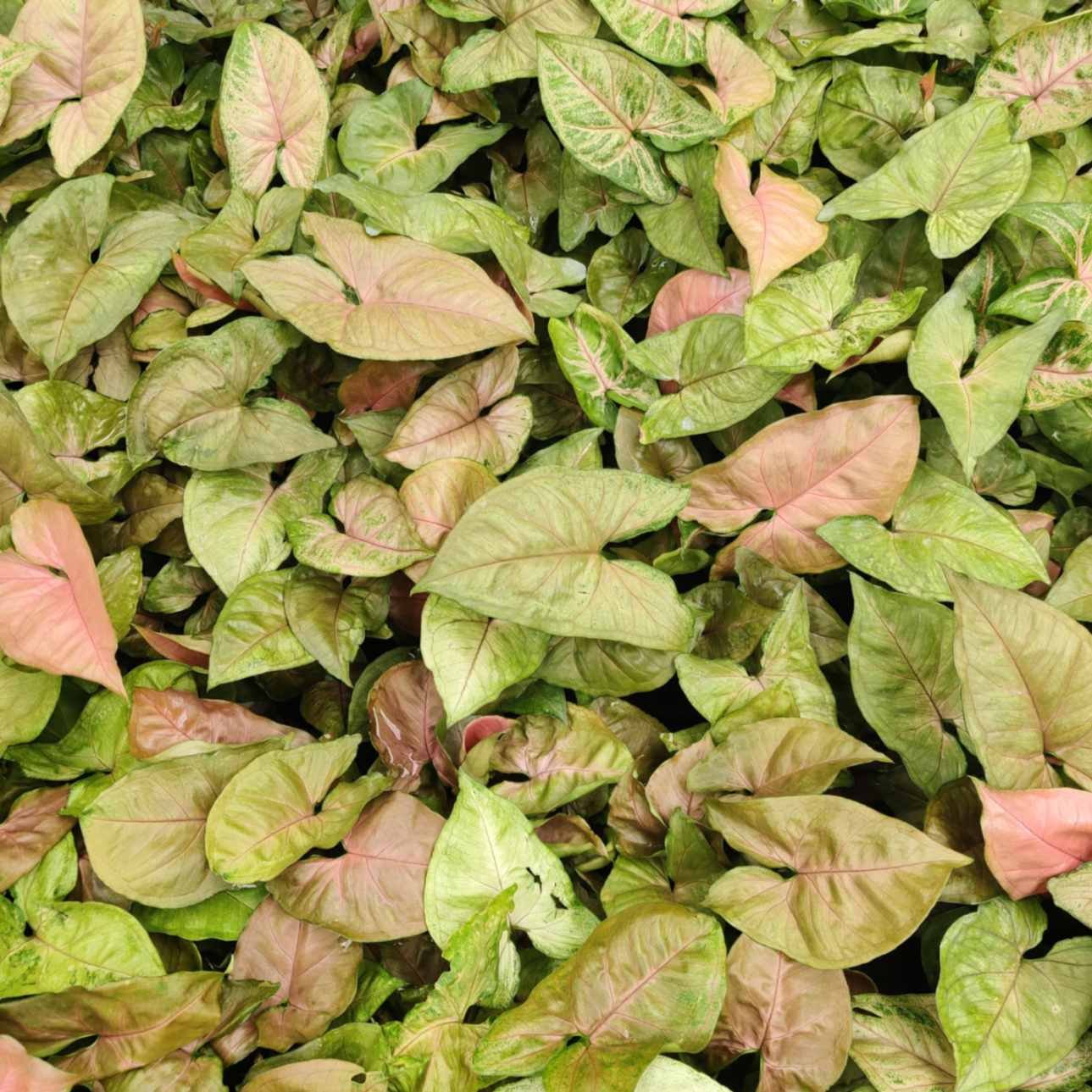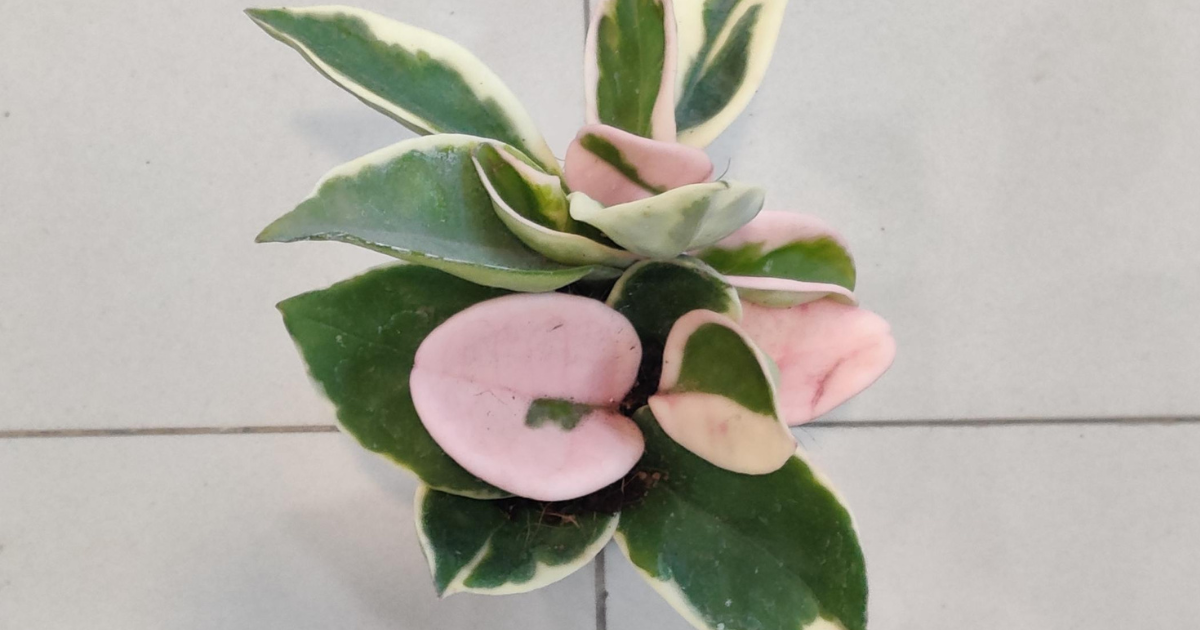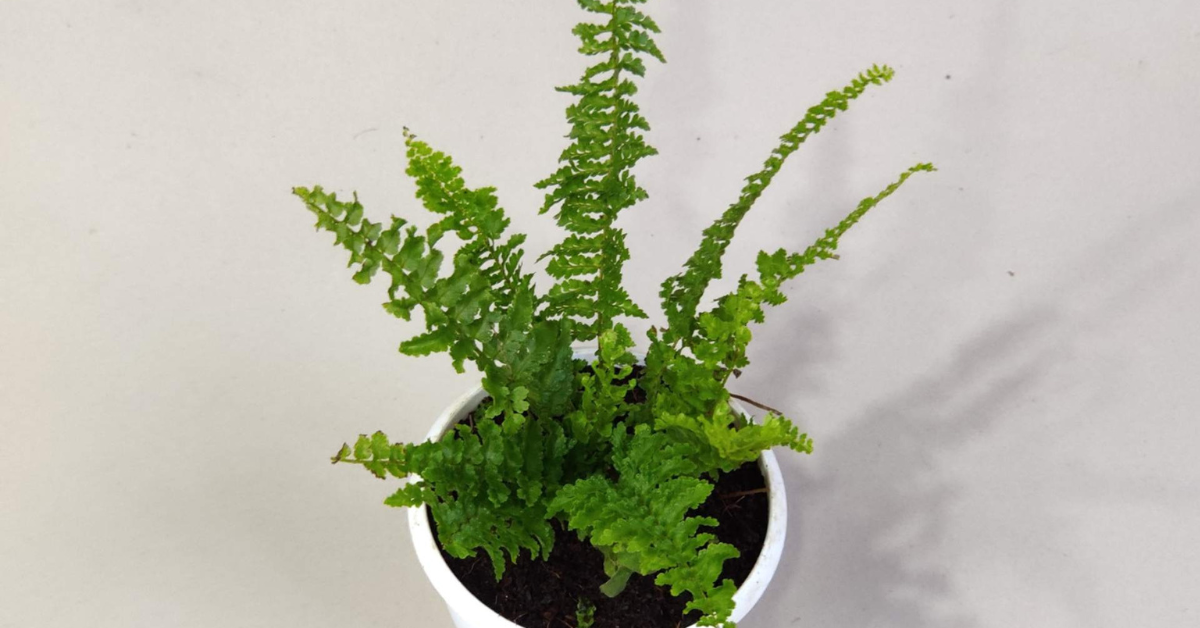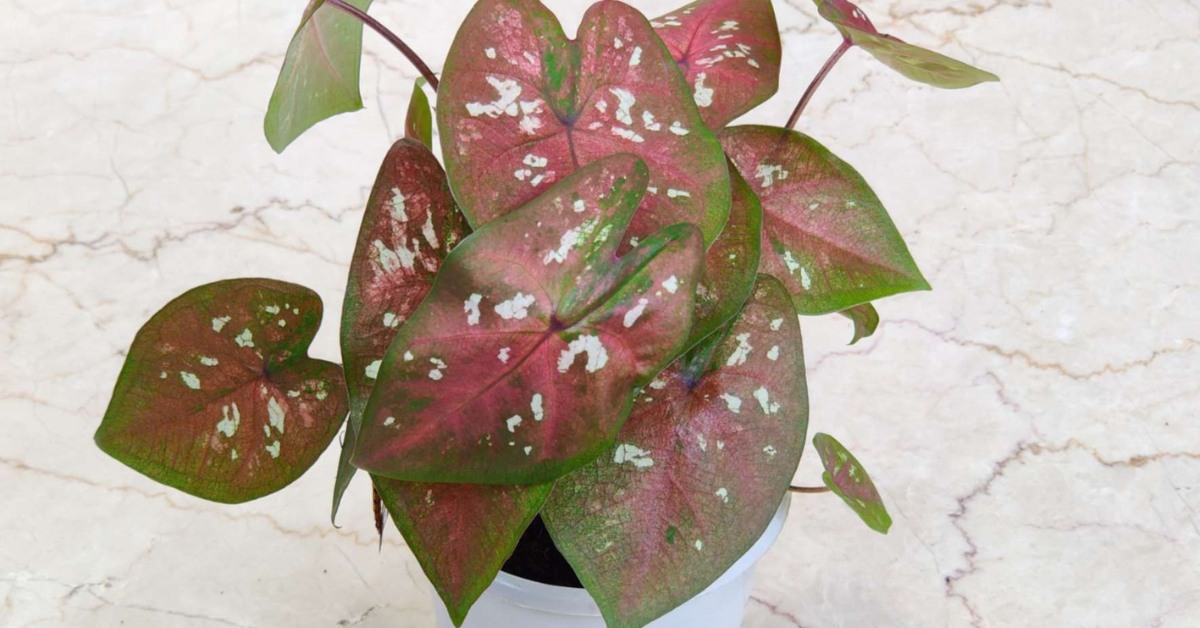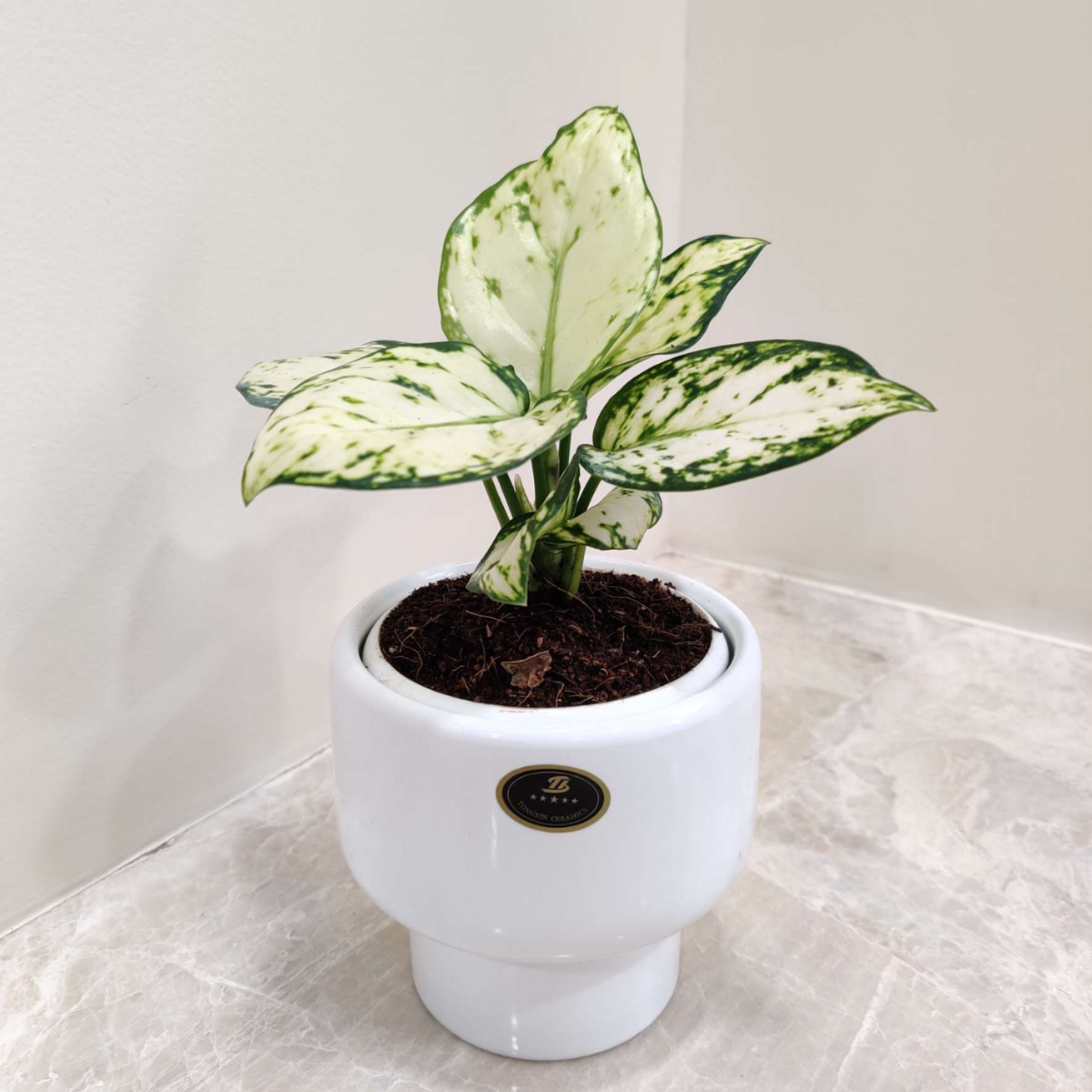The Syngonium Podophyllum Red Heart—affectionately known as the Arrowhead Plant Red Heart—is a stunning tropical houseplant celebrated for its velvety heart-shaped leaves that glow in shades of soft pink to blush rose. Native to the lush rainforests of Central and South America, this variety stands out not only for its rare coloration but also for its adaptability and forgiving nature.
Its compact size and vibrant foliage make it perfect for small apartments, desks, or plant shelves, while its trailing or climbing growth habit offers creative styling possibilities—from cascading in hanging baskets to wrapping around a moss pole. Even better, it’s one of the easiest ornamental plants to care for, making it a top choice for beginners yet still a must-have for seasoned collectors.
In this guide, we’ll dive deep into Syngonium Red Heart care, exploring the best light conditions, watering techniques, soil preferences, fertilizing tips, pruning strategies, propagation methods, and solutions for common problems—so your plant can stay as lush and colorful as the day you brought it home.
Syngonium Red Heart Overview
- Scientific Name: Syngonium podophyllum ‘Red Heart’
- Family: Araceae
- Leaf Shape & Color: Heart-shaped to arrowhead-shaped leaves with soft pink tops and green undersides
- Growth Habit: Climbing or trailing vine; can be trained as a compact bush
- Indoor Height: 20–50 cm (8–20 inches)
- Toxicity: Mildly toxic to pets and children if ingested
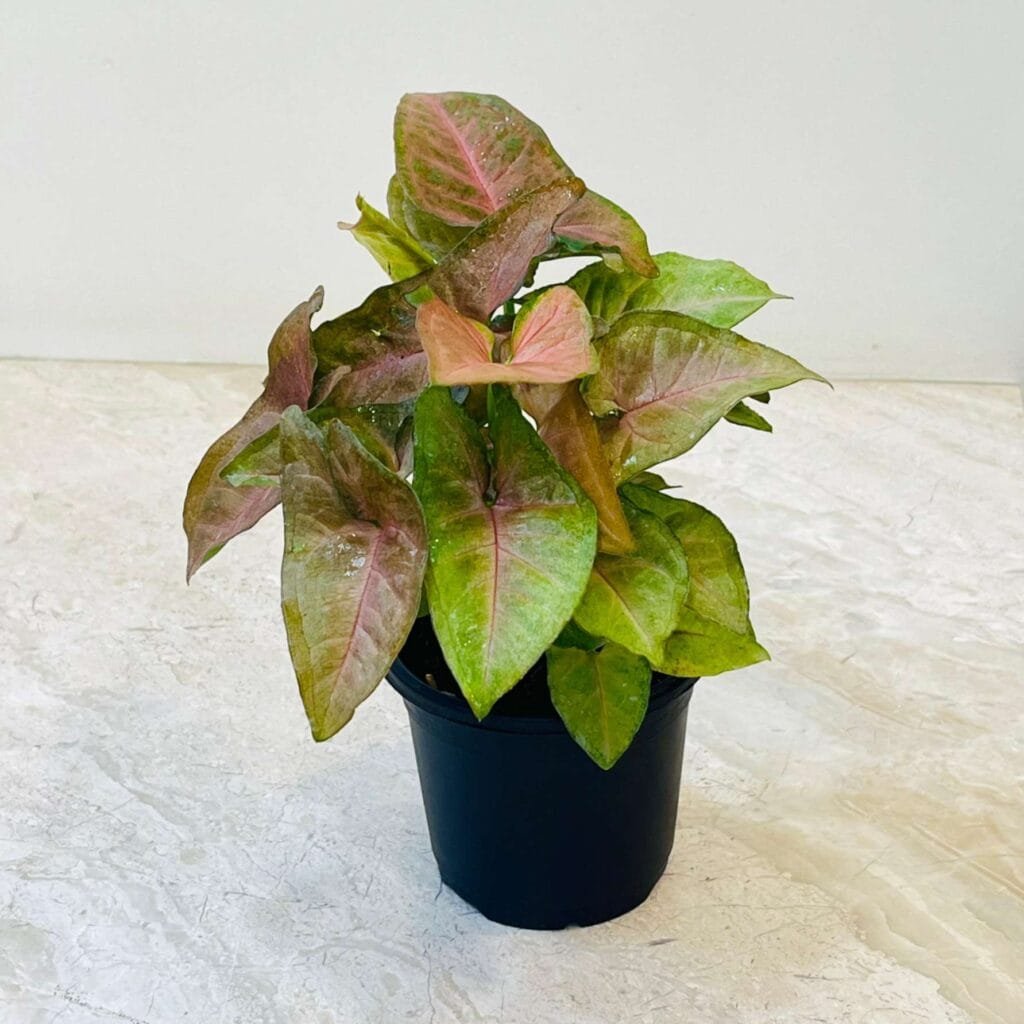
Benefits of Growing Syngonium Red Heart
- Air Purifying: Helps remove indoor toxins like formaldehyde and benzene.
- Low Maintenance: Great for beginner plant parents.
- Decorative Versatility: Looks stunning in pots, hanging baskets, or as a climbing plant.
- Feng Shui Symbolism: Heart-shaped leaves represent love, harmony, and positive energy in the home.
Light Requirements for Syngonium Red Heart
The best light for Syngonium Red Heart is bright, indirect sunlight. This ensures the plant’s pink foliage stays rich and vibrant. While it can tolerate medium light, too little light will cause the leaves to lose their blush tones, turning pale or green.
Why light matters: The pink pigmentation in the leaves is directly related to light intensity. Without enough light, the plant prioritizes green chlorophyll production over pink coloration.
Ideal placements:
- East-facing window – gentle morning sunlight is perfect for leaf health without risk of scorching.
- North-facing window – consistent, soft daylight that won’t burn the leaves.
- A few feet from a bright south- or west-facing window – far enough to avoid intense midday sun.
Pro Tip: If your space is dim or windowless, LED grow lights are a great alternative. Position your Syngonium Red Heart under a full-spectrum grow light for 8–10 hours a day to maintain its signature color.
Watering Your Syngonium Red Heart
The Syngonium Red Heart prefers evenly moist soil—not soggy, not bone dry. Overwatering is the most common mistake and can lead to root rot, while underwatering causes leaf crisping and drooping.
Watering tips:
- Check moisture first: Insert your finger into the top inch of soil—water only when it feels dry.
- Adjust seasonally: In spring and summer, water more frequently to support active growth. In winter, reduce watering as the plant rests.
- Good drainage is essential: Always use pots with drainage holes to prevent water from pooling at the bottom.
- Avoid waterlogging: Empty saucers after watering.
Signs of overwatering: Yellowing leaves, mushy stems, sour-smelling soil.
Signs of underwatering: Drooping leaves, crispy brown edges.
Best Soil for Syngonium Red Heart
To keep your Syngonium healthy, plant it in a well-draining, nutrient-rich mix. Dense soil retains too much moisture, which risks fungal root issues.
Recommended mix:
- 1 part premium potting soil
- 1 part perlite (improves drainage)
- 1 part coarse sand or orchid bark (adds aeration)
- Optional: coco coir for moisture retention without waterlogging
Soil pH: Slightly acidic (5.5–6.5), which encourages nutrient uptake.
Temperature & Humidity Needs
The Syngonium Podophyllum Red Heart thrives in warm, humid environments similar to its tropical origins.
- Temperature: Keep between 18–24°C (65–75°F) year-round. Avoid cold drafts and sudden temperature drops below 15°C (59°F).
- Humidity: 50–70% is ideal, but it adapts to average indoor humidity.
Boosting humidity naturally:
- Use a humidifier near your plant.
- Place the pot on a pebble tray with water (without letting roots sit in water).
- Group plants together to create a microclimate.
Fertilizing Syngonium Red Heart
During active growth (spring to early autumn), feed your plant monthly with a balanced liquid fertilizer diluted to half strength. This keeps the leaves vibrant and supports steady growth.
Fertilizer options:
- Synthetic: All-purpose liquid houseplant fertilizer (e.g., 10-10-10 NPK).
- Organic: Worm casting tea, seaweed extract, or diluted fish emulsion for gentle feeding.
Skip fertilizing in winter when the plant’s growth naturally slows.
Give your Syngonium the nutrients it needs to thrive year-round.
Propagating Syngonium Red Heart (Pink Arrowhead Plant)
One of the best things about the Syngonium Podophyllum Red Heart, also known as the Pink Arrowhead Plant, is how easily it can be propagated. Whether you’re looking to expand your indoor plant collection or share a piece of your Red Heart with friends, propagation is both fun and rewarding.
he most common propagation methods for Syngonium Red Heart are water propagation and soil propagation. Both are simple and require minimal supplies, making them perfect for beginner plant enthusiasts.
When to Propagate Syngonium Red Heart
The ideal time to propagate your Syngonium is during the active growing season—spring or summer. This is when the plant has enough energy to produce strong roots and recover quickly from stem cuttings. Avoid propagation during winter, as growth naturally slows and root development takes longer.
Supplies You’ll Need
- Clean, sharp scissors or pruning shears (to avoid damaging stems)
- A glass jar or vase (for water propagation)
- Fresh, room-temperature water
- Well-draining potting mix (for soil propagation)
- Small nursery pots with drainage holes
- Optional: Rooting hormone to speed up root growth
Step-by-Step Water Propagation
Water propagation is a great option if you want to watch roots develop before planting.
Steps:
- Choose a healthy stem – Look for a vine with at least one healthy leaf and a visible node (the small bump where leaves or roots grow).
- Make a clean cut – Using sterilized scissors, cut the stem just below a node.
- Remove lower leaves – Any leaves that would sit below the water line should be removed to prevent rotting.
- Place in water – Use a transparent jar so you can monitor root growth. Fill with fresh, non-chlorinated water.
- Change the water regularly – Every 2–3 days, replace the water to keep it oxygenated and bacteria-free.
- Wait for roots to grow – In 2–4 weeks, you should see white roots forming. Let them grow to about 2–3 inches before transferring to soil.
- Pot the cutting – Once rooted, plant in a well-draining potting mix and water lightly to help the roots adjust.
Pro Tip: Place your propagation jar in bright, indirect light. Too little light will slow root growth, while direct sun can overheat the water.
Step-by-Step Soil Propagation
Soil propagation is slightly faster because the roots develop directly in the growing medium, reducing transplant shock.
Steps:
- Follow the same cutting process as water propagation, ensuring you cut below a healthy node.
- Optionally dip the cut end in rooting hormone to encourage quicker root development.
- Plant the cutting directly into a moist, well-draining mix (potting soil + perlite or sand).
- Maintain high humidity—covering the pot with a clear plastic bag can create a mini greenhouse effect.
- Keep the soil consistently moist but never soggy.
- After 3–4 weeks, gently tug the cutting—if you feel resistance, roots have formed.
Tips for Successful Syngonium Red Heart Propagation
- Use healthy parent plants – Avoid taking cuttings from stressed or pest-infested plants.
- Don’t rush transplanting – Let roots develop well before moving to a permanent pot.
- Maintain warmth and humidity – Since Syngonium is tropical, warmer temperatures and higher humidity speed up rooting.
- Propagate multiple cuttings at once – This increases your success rate and creates a fuller, bushier new plant.
Why Propagate Your Syngonium Red Heart?
- Affordable plant expansion – Create more plants without spending money.
- Gifting opportunities – A rooted cutting in a decorative pot makes a thoughtful plant lover’s gift.
- Plant rejuvenation – Pruning and propagating helps maintain a healthier, fuller mother plant.

Pruning & Training for Bushier Growth
Regular pruning helps the Syngonium Red Heart maintain a full, compact shape instead of becoming leggy.
Pruning tips:
- Pinch off new growing tips to encourage branching.
- Trim long, bare stems to promote fresh growth.
- Remove any yellow or damaged leaves to improve plant health.
Styling idea: Train it to climb a moss pole for a tropical look, or let it trail naturally from a hanging basket.
Repotting Syngonium Red Heart
Repot every 2–3 years or when roots start growing through the drainage holes.
Steps:
- Gently remove the plant from its pot.
- Loosen the roots and inspect for any rot.
- Place in a pot 1–2 inches larger than the previous one.
- Use fresh potting mix for a nutrient boost.
Upgrade your plant’s home with a pot that’s as beautiful as its foliage.
Common Pests & Problems in Syngonium Red Heart
While the Syngonium Podophyllum Red Heart is known for being a hardy and low-maintenance houseplant, it can still encounter a few common indoor plant pests and care-related issues. Catching these problems early ensures your pink arrowhead plant stays healthy and vibrant.
1. Spider Mites
- Symptoms: Tiny speckles on leaves, web-like threads, and leaf yellowing.
- Cause: Dry indoor air, especially during winter heating months.
- Treatment: Increase humidity using a humidifier or pebble tray. Spray the leaves with neem oil or a mild insecticidal soap, ensuring you treat both the top and underside of the foliage. Repeat weekly until mites are gone.
- Prevention: Keep humidity above 50% and regularly wipe leaves with a damp cloth to remove dust.
2. Mealybugs
- Symptoms: White cottony clusters on stems and leaf joints.
- Cause: Often introduced via new plants or contaminated soil.
- Treatment: Remove mealybugs manually using a cotton swab dipped in rubbing alcohol, then spray the plant with insecticidal soap.
- Prevention: Inspect all new plants before bringing them indoors and isolate them for at least a week.
3. Scale Insects
- Symptoms: Brown or tan oval bumps on stems and leaves, sticky honeydew residue.
- Cause: Warm, dry environments favor scale infestations.
- Treatment: Gently scrape off scales with your fingernail or a soft brush, then apply neem oil spray. Severe cases may require multiple treatments over a month.
- Prevention: Regularly check leaf undersides and stems for early signs.
4. Root Rot
- Symptoms: Mushy roots, foul-smelling soil, wilting despite moist soil.
- Cause: Overwatering or poorly draining potting mix.
- Treatment: Remove the plant from its pot, cut away any black or mushy roots, and repot into fresh, well-draining soil. Reduce watering frequency until healthy growth resumes.
- Prevention: Always allow the top inch of soil to dry before watering and ensure your pot has drainage holes.
Troubleshooting Common Syngonium Red Heart Issues
Even with proper care, your Syngonium Red Heart may occasionally show signs of stress. Here’s how to identify and fix the most frequent problems.
1. Yellow Leaves on Syngonium Red Heart
- Possible Causes:
- Overwatering: Roots deprived of oxygen start to rot, causing yellowing.
- Nutrient Deficiency: A lack of nitrogen can lead to pale or yellow leaves.
- Solution: Let soil dry slightly before watering, and feed monthly with a balanced fertilizer during the growing season.
2. Brown Leaf Edges or Tips
- Possible Causes:
- Low humidity (especially in winter).
- Underwatering or irregular watering schedule.
- Excessive direct sunlight burning leaf margins.
- Solution: Increase humidity levels to 50–70%, maintain consistent watering, and relocate the plant away from harsh sun.
3. Leggy Growth
- Possible Causes:
- Insufficient light, causing stems to stretch toward the nearest light source.
- Solution: Move your Syngonium Red Heart to a brighter location with indirect light or supplement with LED grow lights for 8–10 hours daily. Pinch back long stems to encourage bushier growth.
Pro Tip: Regularly inspecting your pink arrowhead plant not only helps catch pest infestations early but also keeps it looking lush and full. Healthy leaves mean better air purification and longer-lasting vibrant pink color.
Safety Note
Like other members of the Araceae family, the Syngonium Red Heart contains calcium oxalate crystals and is toxic if ingested by pets or children. Always keep it out of reach and wear gloves when pruning if you have sensitive skin.
Final Thoughts
The Syngonium Podophyllum Red Heart is more than just a pretty plant—it’s a low-maintenance, space-friendly, and air-purifying houseplant that adds a unique splash of pink to any room. By giving it bright indirect light, consistent watering, and a little extra humidity, you’ll enjoy lush, colorful foliage year-round. And with its easy propagation, it’s a gift that keeps on giving—perfect for sharing its beauty with friends and family.
FAQs
1. Why is my Syngonium Red Heart turning yellow?
Yellow leaves are often caused by overwatering or nutrient deficiencies. Let the top inch of soil dry before watering and feed with a balanced liquid fertilizer during the growing season.
2. How do I keep the pink color in my Syngonium Red Heart?
Provide bright, indirect sunlight. Low light can cause the pink leaves to fade, so place it near an east-facing window or use LED grow lights for 8–10 hours daily.
3. Is Syngonium Red Heart safe for pets?
No. Syngonium Red Heart is toxic to cats, dogs, and humans if ingested. Keep it out of reach of pets and children.
4. How often should I water my Syngonium Red Heart?
Water when the top inch of soil feels dry. Avoid overwatering and ensure the pot has drainage holes to prevent root rot.
5. What pests attack Syngonium Red Heart?
Common pests include spider mites, mealybugs, and scale insects. Regularly inspect leaves and treat infestations with neem oil or insecticidal soap.
6. Can I grow Syngonium Red Heart in low light?
Yes, it can survive in low light but may lose its vibrant pink color. For best results, provide medium to bright indirect light.

